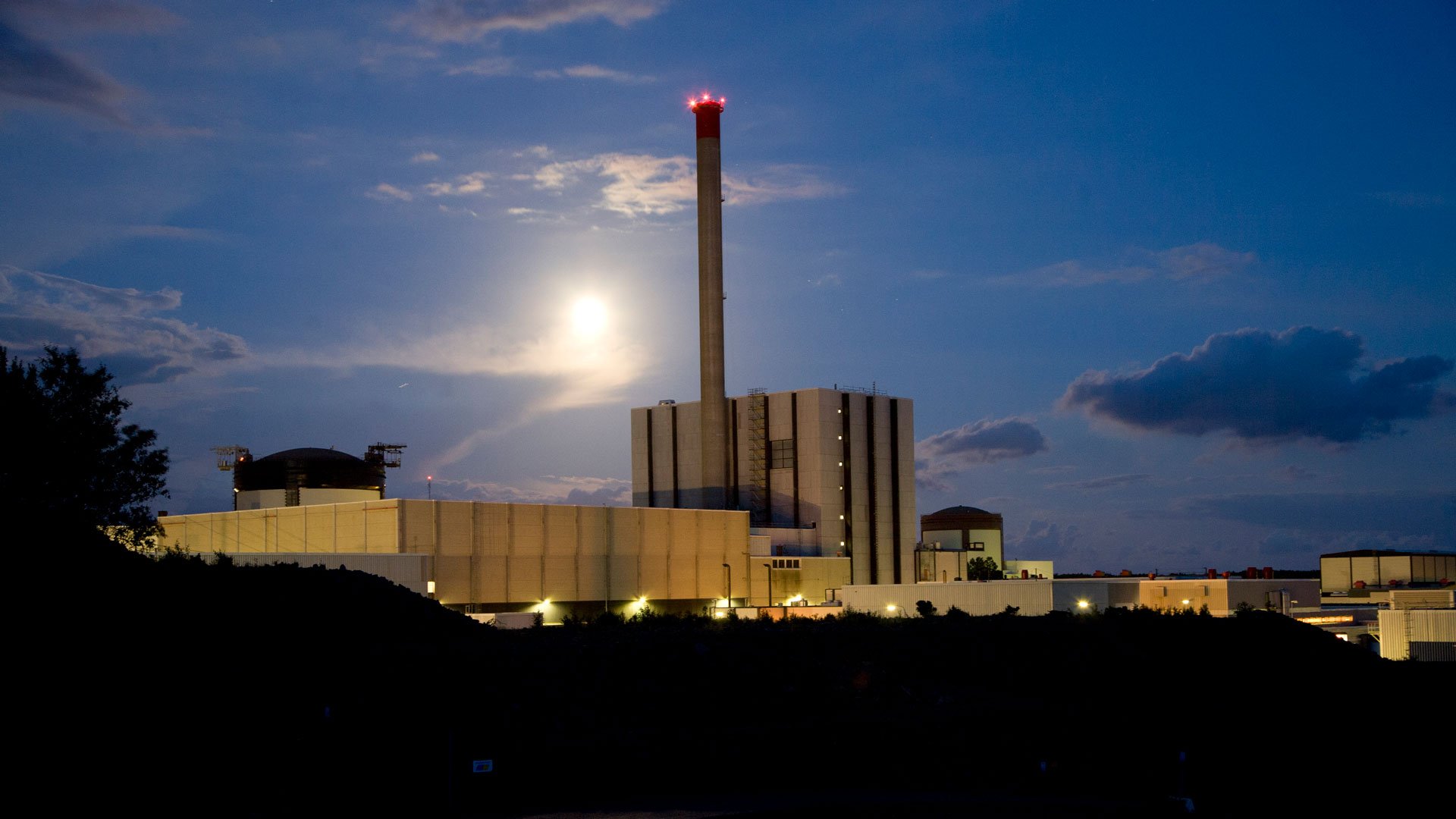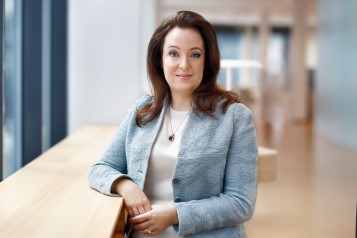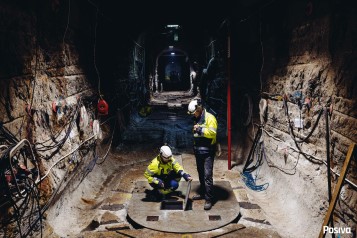The nuclear power plant, Ringhals 1, was shut down as planned on New Year’s Eve. After nearly 45 years of power operation, the nuclear fuel will now be removed from the reactor, after which the plant will be prepared for decommissioning.
Facts:
- Ringhals 1 is its name despite being the second of the four reactors put into commercial operations at Ringhals nuclear power plant on 1 January 1976.
- Ringhals 1 is a boiling water reactor. The original output was 730 MW, but after several modifications over the years was increased to 900 MW.
- At its highest, the plant generated 6,736,428 MWh in 2019. Its high availability was a strong contributing factor to the total generation record at Ringhals of 30 TWh, which was set in 2018.
- The decision by the owners to shut down Ringhals 1 five years earlier than planned was made in 2015 due to reasons of profitability.
- At shutdown the plant had generated 220 terawatt hours of fossil-free electricity.
- While operational, Ringhals 1 has saved the environment in the region of 200 million tonnes of CO2, compared with if the same amount of electricity was generated with coal, oil or gas.
- Ringhals nuclear power plant has four plants. Investments in long-term operations were made in the reactors from the 80s, Ringhals 3 and 4. Ringhals 2 was shut down in December 2019.
- Ringhals is the workplace of 1170 employees and around 500 consultants covering 60 occupational categories, the nuclear power plant is situated on the west coast in the municipality of Varberg approximately sixty kilometres south of Gothenburg.
"Ringhals 1 and Ringhals 2, which was taken out of service one year ago, represent a piece of industrial history that we can be proud of. They have contributed towards safe and reliable electricity generation over a long time, for the benefit of Swedish society. Our attention is now directed towards the continued operation of Ringhals 3 and Ringhals 4, both equipped with additional safety systems and developed to generate safe and reliable electricity as a supplement to weather dependent renewable electricity," says Vattenfall CEO Anna Borg.
Ringhals 1 was put into commercial service on 1 January 1976 and at the time of its final shutdown was estimated to have delivered 220 terawatt hours of electricity, which corresponds to the whole of Gothenburg’s consumption of electricity during the same period.
"The decision in 2015, made for business reasons, to close Ringhals 1 and 2 some five years earlier than planned was right then and remains right today. Electricity systems of the future should not be constructed using outdated technology. However, in future it cannot be excluded that new nuclear power technology in the form of small modular reactors will be built, yet all types of electricity generation must, of course, be competitive from a cost standpoint to be of interest to the market," adds Anna Borg.
Continued importance of Ringhals
Even though both Ringhals 1 and 2 have now been shut down, electricity generation at Ringhals continues with the Ringhals 3 and 4 reactors. These reactors have been equipped with independent core cooling, an investment of SEK 900 million and a regulatory requirement to continue operations after the turn of the year. Ringhals 3 and 4 provide approximately 12 percent of the country’s electricity generation, previously the four reactors combined answered for around 20 percent of Swedish electricity generation.
"Our employees have approached Ringhals 1 with great commitment all the way over the line. I am both proud and grateful for the resolute work performed by our employees at Ringhals leading up to the shutdown of Ringhals 1 and 2. Both reactors will now be decommissioned and dismantled in a safe and efficient manner. Dismantling will begin on a large scale in the second half of 2022 and will probably continue into the 2030s," says Torbjörn Wahlborg, Head of Business Area Generation at Vattenfall.




